Fort St. James / Stuart Lake
Coffee and Rain at Brook side rest
area
We continued on with sun and a bit of
rain and stopped at a restarea for coffee – it was very windy so we stayed
inside with Mandy and then wanted to go for a walk: but talked then to fellow
RV-travellers until it started to rain and it little poured down – we waited at
the info sign until it was dry enough to run back to the truck and on we go: By
the way we are going more west then north at the moment.
Desert from a Belgian Bakery in
Vanderhof
As we approach Vanderhof we saw a sign
advertising for a Bakerji – which sounded like something super special and
local and Paul had no problem that we stopped: everything looks so yummy. Guess
we get spoiled tonight. From here on we continued on Hwy 27 towards Fort St.
James – a lot of open land and so remote.
Which is the best Lake front campsite?
We pulled into Paarens PP and went
right away to the beach front sites, we found one and put out our staff, as we
walked down to the lake we saw some RV’s right on the beach a bit further down
– and decided let’s check it out: it was on first nations territory and yes you
can camp for free but not this weekend as they have a booked group. But we did
decided to check out the other PP Sowchea Bay and were amazed those sites are
literally right on the beach you can’t be much closer and that means we have to
bring out staff and will move here. As they don’t have water here or only a
pump we also decided to fill up our blue waterbottle and bring it with us.
An evening on the lake
Not only could we cook with lake view
– but eat with lake view and had even some sun coming out. We then walked a bit
along the lake and were sitting at the lake to only soak in that beautiful and
peaceful nature – it’s so nice it is nearly impossible you read – all you can
do is watch and enjoy. As it got cold (and yes they do have mosquitos here) we
went inside but then we still could watch the sunset right out from our
windows. What a perfect little spot.
Who was Mr Stuart???
- John Stuart came with Simon Fraser
- Stuart Lake is 70 km long and one of the largest natural lakes in BC
- Around the lake are 6 PP and we stayed at one and drove through another one
- By the way from this lake they went over 150 km further northwest in the old days
Fireworks at night
Even once we were in bed it did not
stop as soon as it got dark we got twice some fireworks over the lake – and
could enjoy it right out from the bed looking out on the window.
And a lazy day starts
What do you do when it rains in the
morning – you sleep in and stay longer in bed until the sun comes out and that
is what we did today. Coffee in the sunshine (yes we had to move the chairs so
we are protected from the wind – as it is super windy – but depending on where
the wind comes from we are near the truck or behind the trees). Then a relaxday
means we have a Canadian Breakfast: yes we were eating it in the sun too.
We are doing a big cleanup
After a few days of roughing it: Paul
shaved – Gine washed her hair. We did some clean up inside the camper and Paul
later even washed the truck.
Sunny – Cloudy – rainy or Windy??
The plan is to have a nice relaxing
day on the beach and the reality is: it is sometimes super windy (then the wind
stops and comes again). It is mainly sunny with blue sky and then it is super
warm and then comes a cloud and it feels cool. Then you look over the lake and
you can see the dark cloud and that it is raining, so fast we put all away and
see the whitecaps on the lake and the wind blowing over it but the rain never
came it blew right by us and 15 Min later we are back to the beautiful
sunshine: only the rain is still so close that is a strong breeze comes it
carries a few raindrops to us…
We are all out on the sticky birch
seeds
One super annoying thing here is the
sticky birch seeds or whatever it is: it is like clue and goes to your shoes
who then clue on more staff like pebbles seeds, sands and after a bit you walk
on a thick cushioned shoe, and you need a knife to get rid of the sticky staff
– it sticks to everything, so we had a new rule – no more shoes inside the
Camper as otherwise all sticks.
Mandy’s adventures
Mandy was really in an outdoor mood
today and wondered a lot around the campground. At one time Paul went down to
the lake and called her to come and she walked all the way down to the beach to
him. It was funny to watch her as the sticky things also stuck to her feet so she
put down a foot and then lifted it and shook it off, it was cute to watch her
trying to shake off the staff. I said to Paul last year I was reading on what
other people do when bringing their cats camping and one person said to train
your cat that she comes when you call her and I thought it is funny – but Mandy
actually listens now and comes.
Later she went under the truck and
then checked if the tires and breaks and whatever is all fine – it was so cute
to see her go to the tire stand on two feet and seriously look behind the
tires.
View from the Cliff
At one time we decided to go for a
short walk and went up on a little cliff to enjoy some marvelous views on the
lake.
A sunny evening at the lake
We spend nearly the whole evening
outside at the lake reading as it was so awesome to sit outside and once it
hits 8 pm it is still sunny and hot out here – and we sit in the sun which is
still quiet high up. As the mosquitos and flies came and the clouds and winds
made it a bit cooler we headed inside and enjoyed the amazing views from the
Camper.
Russ Baker Memorial
After we cleaned our windshield at
Petro Canada (it was super dirty and Gine was unable to look out) we started at
the other end of Fort St. James, a little pullout and we walked out to a cool
viewpoint overlooking Stuart Lake and here is a cute Memorial with a plane
rotor to Russ Baker:
- He was one of the first bush (or better mountain) pilots in Fort St. James in the 1930s
- He started the Central BC Airways which became then Pacific Western Airlines and one day the Canada Airlines
- Russ vs Bear: one cool story from a passenger is when Russ saw a bear molesting cattle he flew so low and dropped the float down and hit the bear who then tumbled down the mountain and then said “he won’t bother any of my friends cattle anymore”
- He was so knowledgeable about the mountain tops, that he could fly his plane recognizinc only the mountain tops that poked through the clouds and knew where the deadly downdrafts were who were like Niagara falls in the air pouring over ridges
- He went a few times through the ice on Pinchi lake and had to rescue himself – and was known was his daring rescues of the ones lost in wilderness including a crew of two American bombers in the Yukon
- He loved flying, he loved the mountains, he loved his work, and he loved his little airline
Our lady of good hope church
We drove by and this time we stopped,
and no it is not possible to go inside, but it’s a cute looking white church
with green trims with the background of the lake (by the way it is on First
Nations Land).
- Built in 1873 this is the 3rd oldest church in BC and was the 1st permanent catholic mission north of Williams Lake
- Father Morice who was here from 1885-1904 wrote the famous booke “the history of the Northern interior of British Columbia” – he also created the Carrier Sullabary and printed Carrier Prayer Books (we saw one in the Fort St. James NHS – it’s a weird looking alphabet)
Cottonwood park
We stopped in this park because there
is a W34 Junker Model, and the Tom Creek Steam Shovel as well more amazing
views on Stuart lake. It is kind of cool on how much history is in this little
out-of-the-way town.
- the W34 junker model is here because Fort St. James was a float plane base – yes the junkers were built in Germany during and after WWI and were important in the opening of the north of BC
- The Steam shovel was built in the 1920s and came here for the 1930s Omineca Gold rush, it worked at the placer mine until 1994
Hudson Bay Cemetery
It’s near the St. Patricks Church –
and it is overgrown with flowers – as we were not interested in walking through
them we only looked at them from the outside.
- It is the oldest remnant of the early fur trading in Fort St. James – there is little known about its history and who was al buried here
What do we know about Fort St. James?
- This is the 1st non-native settlement in BC: it started as a fur-trading established in 1806 by Simon Fraser and it was part of the North West company and later Hudson Bay Company (by the way at that time it was called Stuart Lake outpost)
- In 1821 it got renamed Fort St. James when North West Company and Hudson Bay Company amalgamated
- Simon Fraser called the area New Caledonia to honor his Scottish home – and Fort St. James was the capital of New Caledonia (before it got the name BC)
- The Fort operated until the early 1952
- At one time it was the summer holiday location of Al Capone
- Today live 4262 people here (Gine thought it is small – actually once we go further down the road it is big)
- In 1889 William Trail came with his wife and six children here to take over management it took 88 days with boat, train and stagecoach from Fort Vermillion
- In the old days New Caledonia was generally considered a punishing post, is was “the Siberia of the fur trade” – because it was so isolated
Fort St. James NHS
This is our last stop here and the
reason why we came: this is an old restored Hudsons Bay company post and was
the center of trade. One of the guys told us that this is the oldest and
largest Hudson Bays Fur trade post in Canada. We learned a lot – enjoyed the
view and the most exciting was the chicken race: ok so lets start what all
happened here:
- Fur trading Warehouse: this was our first building and I have to say the absolutely most interesting one, one of the guides here talked a lot about the fur trading, we could touch different furs, and we saw lots and lots of furs – it was super impressing and it made you realize what a huge business this was, how hard the work was, and also on how much animals they killed. We saw different foxes, squirrels, minxes, lynxs, wolves, fishers, bears, beavers, otters – you name it.
- Fish Cache: this building from 1889 was used to store dried salmon and bacon – that salmon is like super hard
- Guest house: yes they did have a guesthouse and you could stay up to two days for free afterwards they asked you to help and work. I found it very interesting to see, that they had newspapers on the wall
- Trade Store: this was super interesting as we could see the value of the pelts and what they traded in – here the fur traders came in and dropped off their furs. By the way the supplies came all the way from Montreal and after 1821 from Hudson Bay – with the high cost Carrier could trade Salmon
- Officers Dwelling: this 1883 building is the residence of the person in charge of the post – it got restored how it was during Murrays occupancy in 1896 and it is quite a big building. We found it interesting on how they had the fireplaces in each room
What did we learn about the fur
trading:
- Beaver pelt was the standard on which all got traded: you got a blanket for 6 beavers, or a pot for 3 beavers, a can of Apricots for 2 beavers
- Different pelts are different: some are super soft, as others are not
- Ottor has little hooks on it’s hair which keeps airbubbles trapped, so they don’t give heat off to the water and the pelt is always cool
- A very soft fur are squirrels or minx
- Beaver pelts are not great fur, but you can shave off the hair and they have some staff that mixed with a bit of stabilizier clue you get a paste you can roll out and then press them into a form, stabilize that form with mercury and you have a weather proof hat – what they didn’t thought about is that you breathe in that mercury and guys you wore a lot of those hats got a bit mad – I guess that’s we talked about mad man
- Also they kept the “balls” from the beavers and made a paste: once they put in a trap they, a stick was put into the paste and stuck near it so the beaver went to check and give off his smell, as well they put the paste on their snowshoes in winter and laid a trail with smell for the beavers which led to the traps. Also it smells very vanilla like and see there it is the “natural flavor” in artificial vanilla, and the smell is made to last, so a lot of perfumes have part of it in their formula to keep the perfumes for a long time
- We also learned that here in this post around 1000-1500 pelts came in per year – like 30-50 bundles, each bundle had 40-50 pelts
- The trapper not only trapped the animal, he also had to skin it, and demeat it, if it is not super cleanly demeated it is heavy, stiff and starts to rot easily – if it is proper done it is soft flexible light and lasts
The Chicken race
Gine read in the booklet that here in
Fort St. James they have chicken races – and said to Paul wouldn’t it be to see
a chicken race and wasn’t it amazing when we heard that the chicken race is
right here: sure we had to attend it. It was so super fun. Fun #1 was that the
chicken didn’t want to go in their house for the starting – so there was a long
chicken chasing going on… before we were ready to start. And then every person
could put in bets on who they think will win in the race: so Gine picked the
favorites for us (and we won three times!!!!)
Race #1 were white chickens, then came
the brown chicken and race #3 were little duckies – I think if you never saw it
you wouldn’t not believe how cool it is. Bu the way we have not only a chicken pin
but also some chicken dollars.
We are in Carrier Territory:
During our walk through the historic
site they always talked about Carrier – until Gine finally figured out, that
this is the name of the first nations tribe who lived here when Simon Fraser
arrived.
- When Simon Fraser arrived in 1806 the Carrier people already had iron and other European materials they got via the first nations trade route
- They were slow to allow strangers into their families – the first mixed marriage was in 1811 with a Carrier woman and the Metis interpreter Waccan Boucher
- Not all fur trading families endured, sometimes wives and children were left behind when the Company men retired or got transferred
- Carrier or Dakelh means “travelling on water” – they avoided unnecessary travel in winter as protective footwear required moose or deer (by the way the Carrier belong to the Denes)
- Carrier also refers to the widow’s custom of carrying the charred bones of their cremated hsubands on their backs
- The carriers believed in special helping spirits reached through dreams: before manhood a boy would wonder off into isolation in search of an animal protector or guardian spirit which would manifest in his dreams
- Metis means “mixed” and it refers to the children of fur traders with an aboriginal mother and mostly French or Scottish father in some areas like the red river they developed their own metis community with language, music and tradition. Not all of mixed heritage call themselves Metis – today there are a lot of metis in the Fort St. James area

 Fort St. James, British Columbia, Canada
Fort St. James, British Columbia, Canada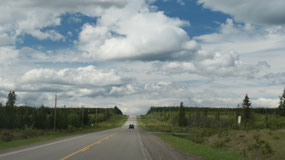
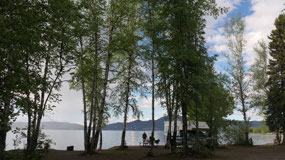
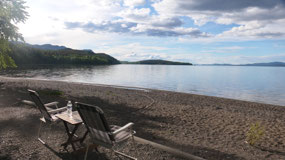
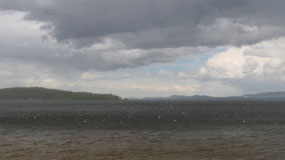
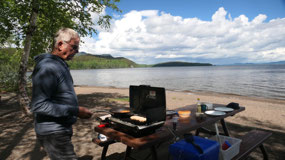
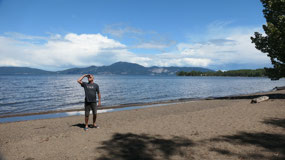
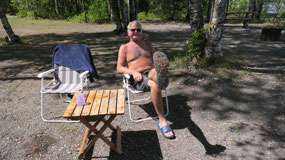
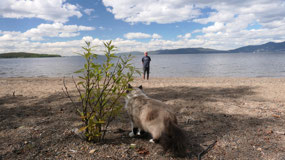
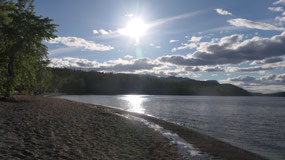
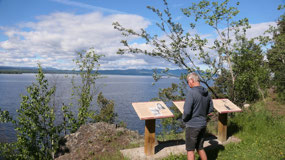
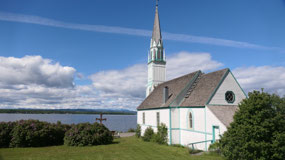
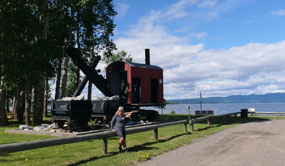
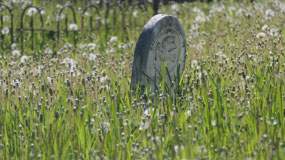
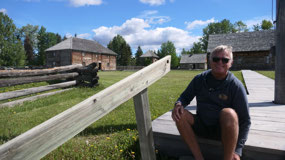
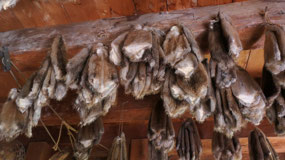
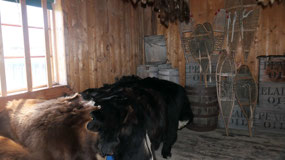
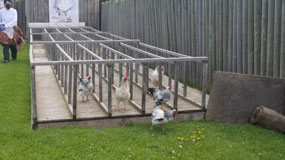
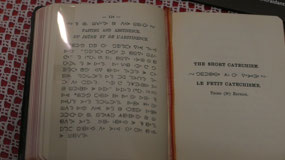



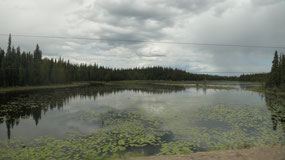

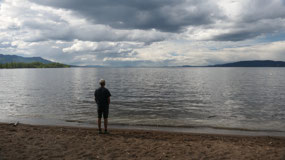

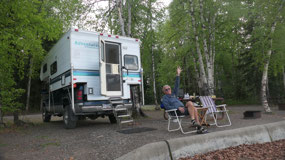
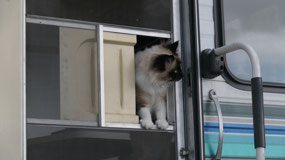
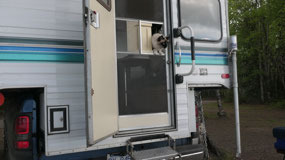
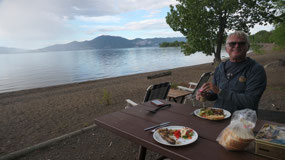
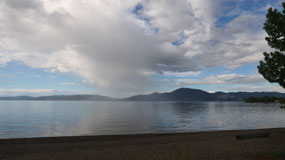
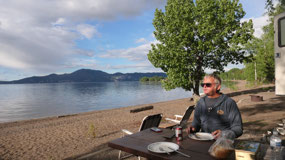
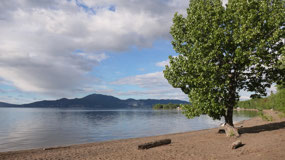
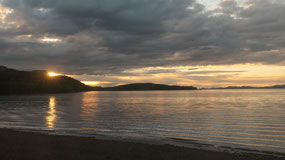
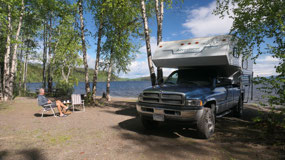
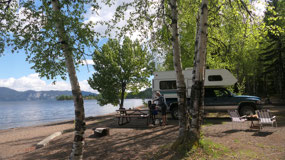
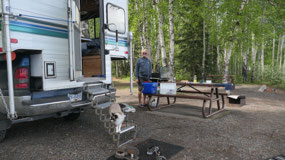
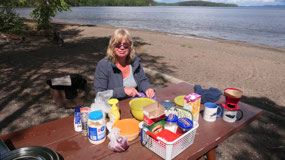
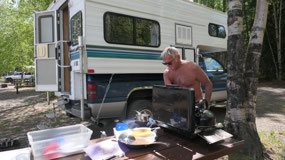
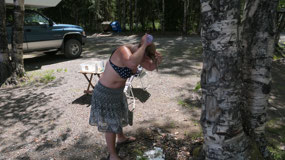

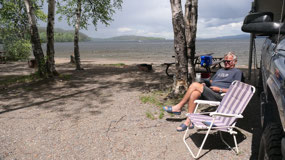
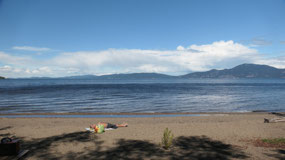

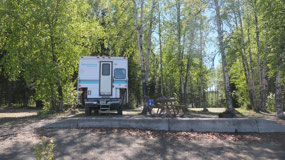
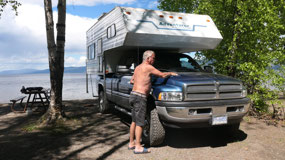
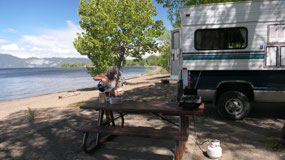
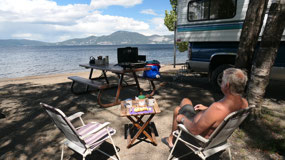

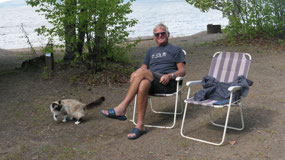
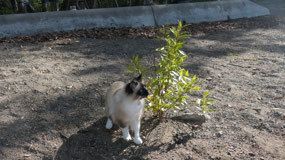
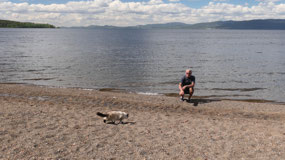
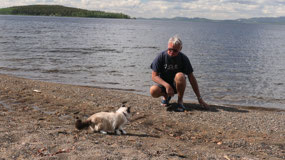
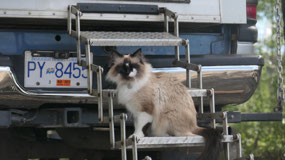
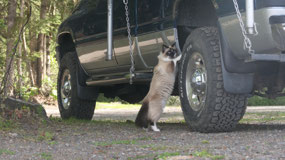

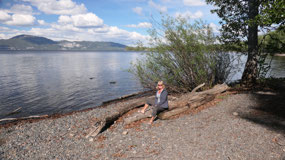
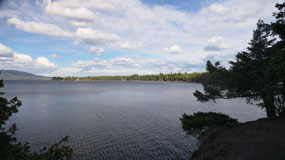
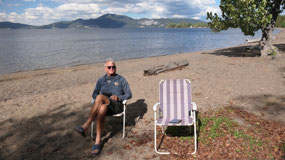
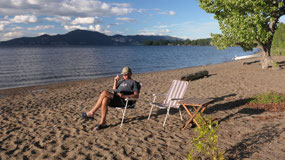

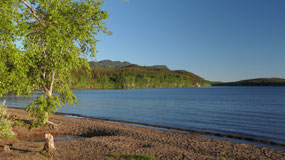
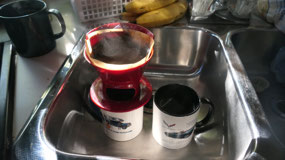
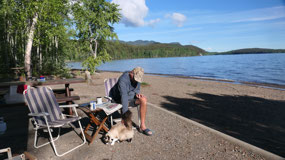
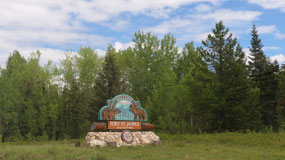
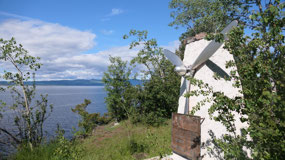
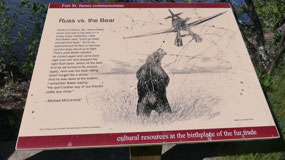

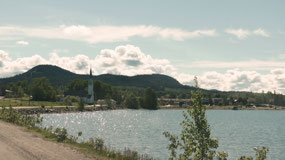
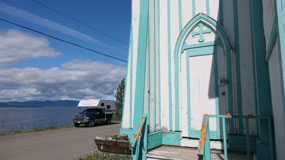
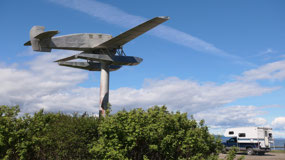
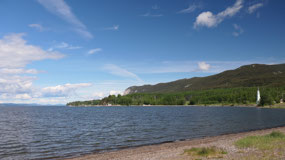
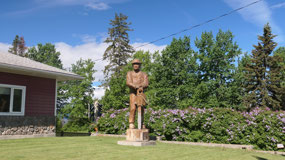
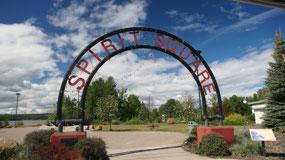
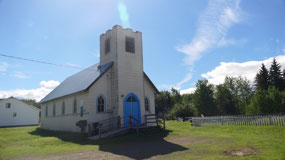
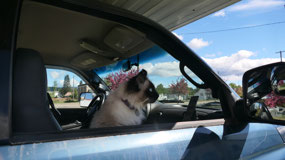
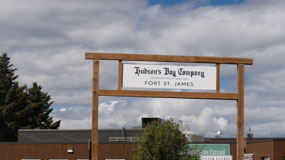
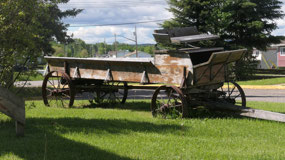
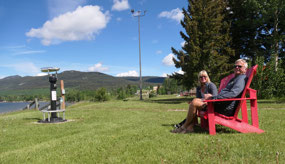
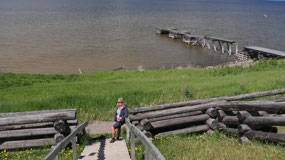
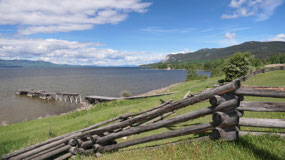
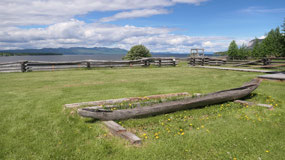
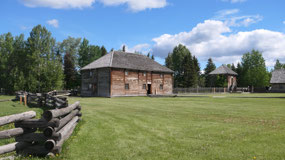
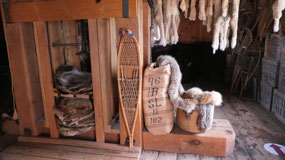
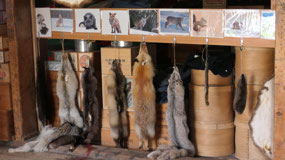
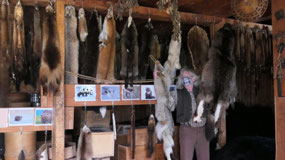
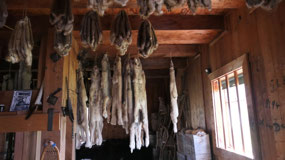
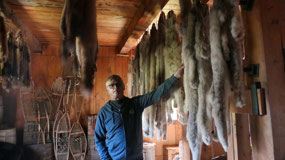
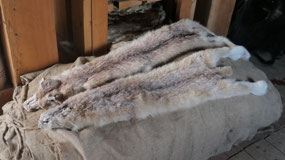
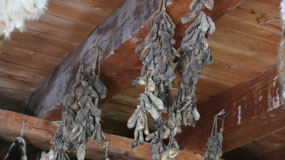
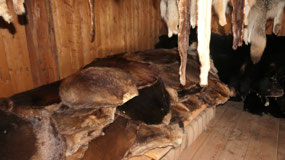
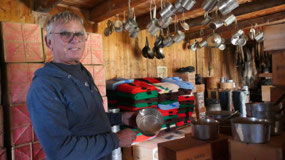
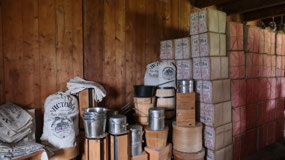
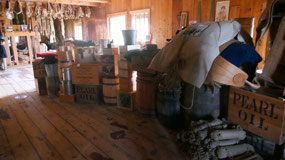
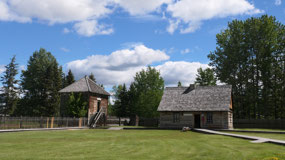
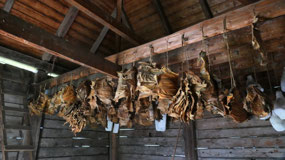
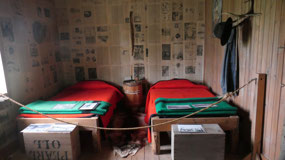
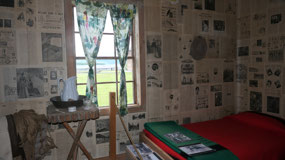
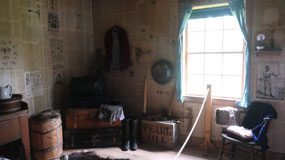
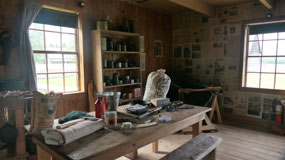
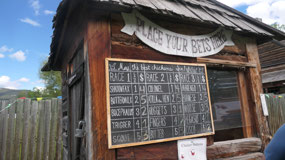
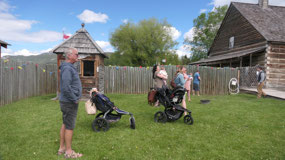
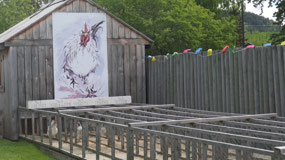
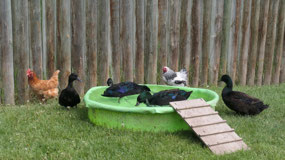
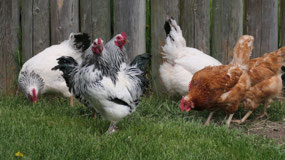
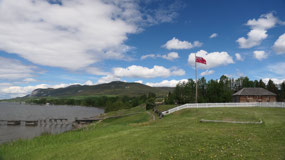
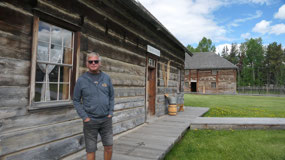
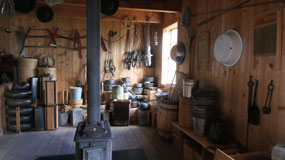
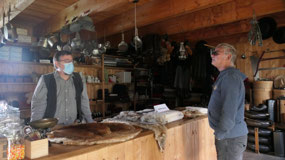
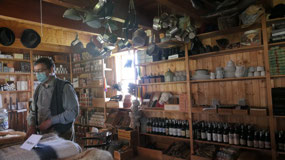
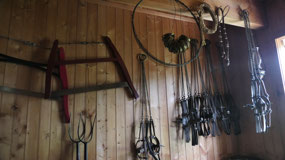
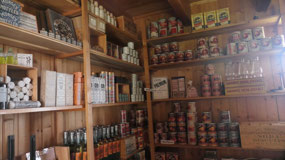
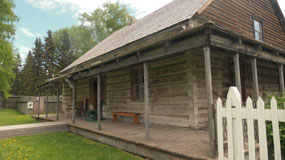
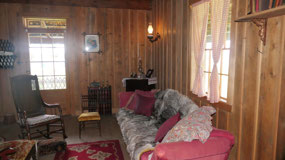
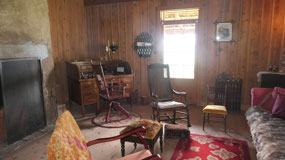
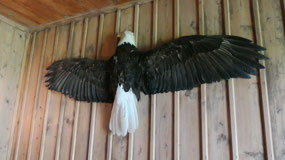
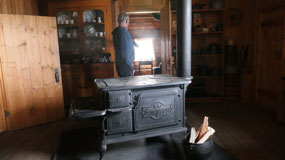
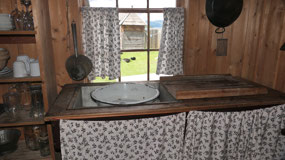
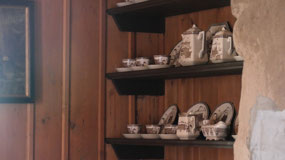

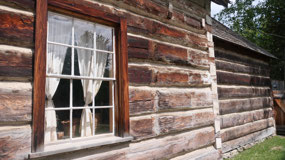
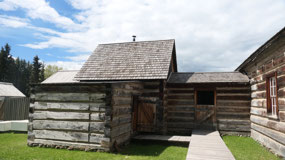
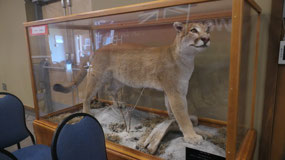
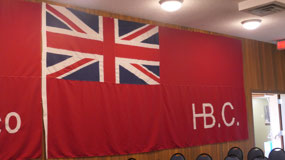
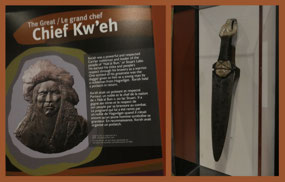
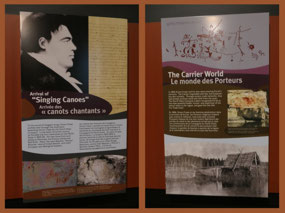
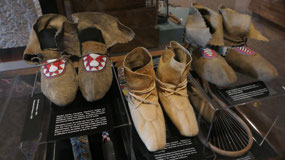

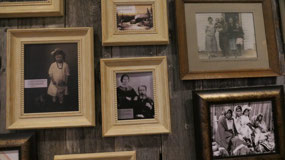
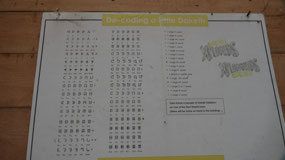
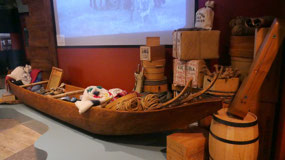
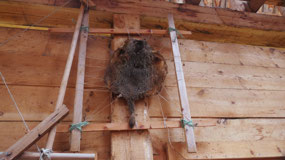
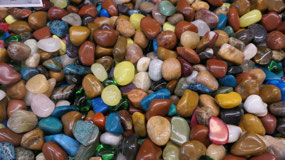

2025-05-22